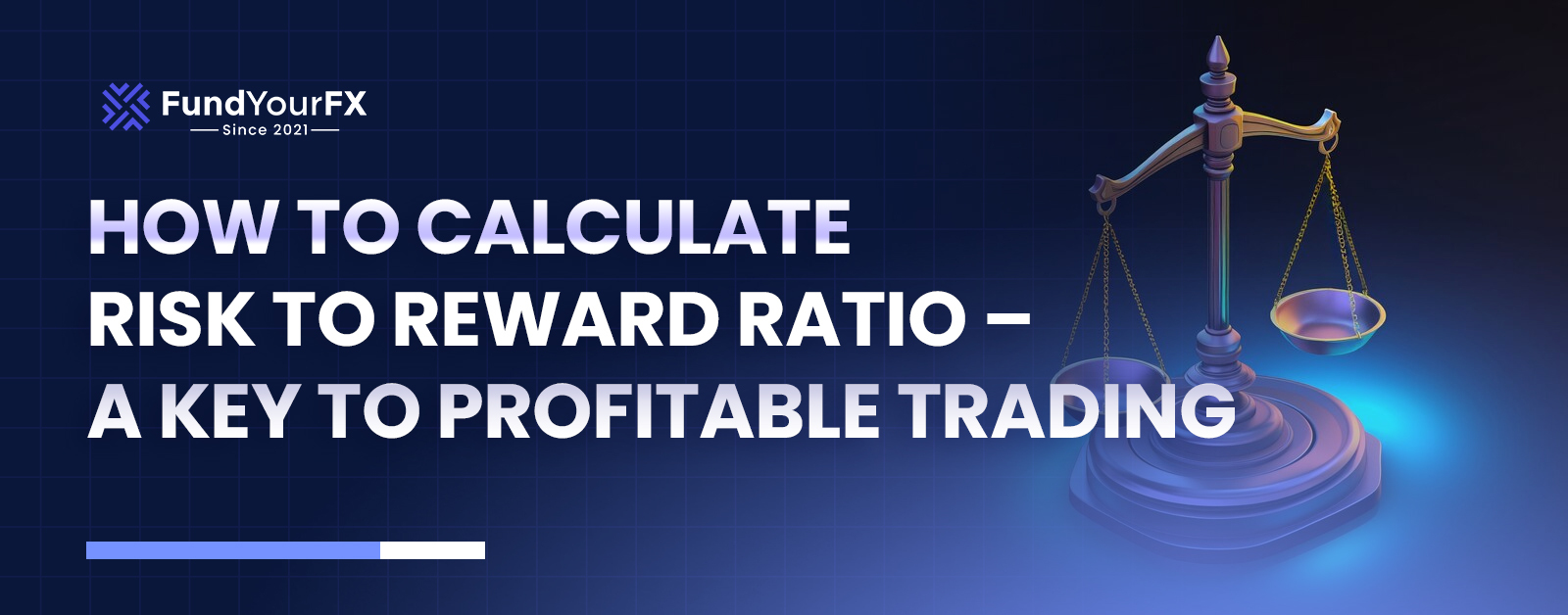One of the key differences between professional traders and those who struggle is their ability to effectively manage risk. Many novice traders tend to concentrate too heavily on finding the perfect entry point, but the real secret to achieving long-term profitability lies in understanding the risk-to-reward ratio (RRR).
Traders who excel at risk-to-reward management can maintain profitability even with a lower win rate, while those with poor risk control may win frequently but still end up losing money overall. This is why forex risk management plays a crucial role in ensuring a trader’s success.
📌 Important note: To succeed in forex or any financial market, you should aim for a risk-to-reward ratio in trading of at least 1:1.5 or higher to have a chance at long-term profitability.
How to calculate risk to reward ratio? let’s break down how to calculate risk-to-reward ratio and explore ways to enhance your profitable trading strategies using this essential metric.
What is the Risk-to-Reward Ratio?

The risk-to-reward ratio in trading (RRR) measures how much you risk in comparison to how much you stand to gain from a trade.
✅ A risk-to-reward ratio in trading of 1:2 means:
You risk $100 to potentially earn $200. Even if you only win 40% of your trades, you can still be profitable.
✅ A poor risk-to-reward ratio in trading, such as 2:1, means:
You risk $200 to make only $100. Even if you win more frequently, a single bad trade can erase several of your gains.
📌 The goal is to always aim for a ratio of at least 1:1.5 or higher. This way, you can withstand some losing trades and still remain profitable over time.
How to Calculate the Risk-to-Reward Ratio?
Calculating the risk-to-reward ratio in trading (RRR) is quite simple. The formula is as follows:
RRR = Potential Reward (Take Profit – Entry Price) / Risk (Entry Price – Stop Loss)
📌 Here’s an example to illustrate this calculation:
Let’s say you enter a trade at 1.1000 on EUR/USD. You set your stop loss at 1.0950, which means you have a risk of 50 pips. You also set your take profit at 1.1100, which gives you a potential reward of 100 pips.
Using the formula, we can calculate the RRR:
RRR = 100 / 50 = 2.0
✅ This indicates that your risk-to-reward ratio in trading is 1:2, which is considered a strong setup.
💡 Pro Tip: Always calculate your risk-to-reward ratio before entering a trade! If the ratio is less than 1:1.5, it’s wise to reconsider whether the trade is worth taking.
Why a Good Risk-to-Reward Ratio is Essential for Long-Term Profitability
Many traders think that achieving a high win rate is the key to success. However, even if you win 70% of your trades, a poor risk-to-reward ratio in trading can still lead to unprofitability.
| Trader | Win Rate | Risk-to-Reward | Profit/Loss After 10 Trades (Risking $100 per trade) |
|---|---|---|---|
| Trader A | 40% | 1:2 | +$200 profit |
| Trader B | 70% | 1:0.5 | -$100 loss |
It’s crucial to understand that forex risk management is just as important, if not more so, than your win rate. Focusing solely on winning trades without considering how much you stand to gain compared to how much you could lose can ultimately undermine your profitable trading strategies.
💡 Lesson: Even with fewer wins, a good risk-to-reward ratio in trading can still make a trader profitable over the long run.
Common Mistakes That Destroy Risk-to-Reward Ratio

Many traders struggle because their emotions take over. Here are some common mistakes that negatively impact forex risk management:
❌ 1. Moving the Stop Loss to Avoid a Loss
Many traders extend their stop loss further away when a trade goes against them, hoping the price will reverse. This action raises risk without increasing potential reward, ultimately damaging the ratio.
❌ 2. Cutting Profits Too Early
Some traders close their trades too soon out of fear of losing the small profit they’ve already made. This behavior limits reward potential while maintaining the same level of risk.
❌ 3. Entering Trades Without a Clear Plan
Without a well-defined stop loss and take profit in place, traders often exit trades based on emotions rather than logic.
❌ 4. Chasing the Market Without Considering Risk
Many traders jump into trades due to the fear of missing out, neglecting to assess whether the risk-to-reward ratio in trading is favorable.
Final Thoughts: Mastering the Art of Risk Management
📌 The risk-to-reward ratio in trading is one of the most critical factors that distinguishes profitable trading strategies from those who lose.
✅ Striving for a minimum risk-to-reward ratio in trading of 1:1.5 or higher enhances your chances of achieving long-term success.
✅ Traders who consistently implement trading psychology risk management can still be profitable, even with a lower win rate.
💡 The key to profitable trading strategies isn’t about winning every single trade; it’s about ensuring that when you win, you win big, and when you lose, you lose small.
🚀 Begin calculating your risk-to-reward ratio today and take control of your forex risk management future!






